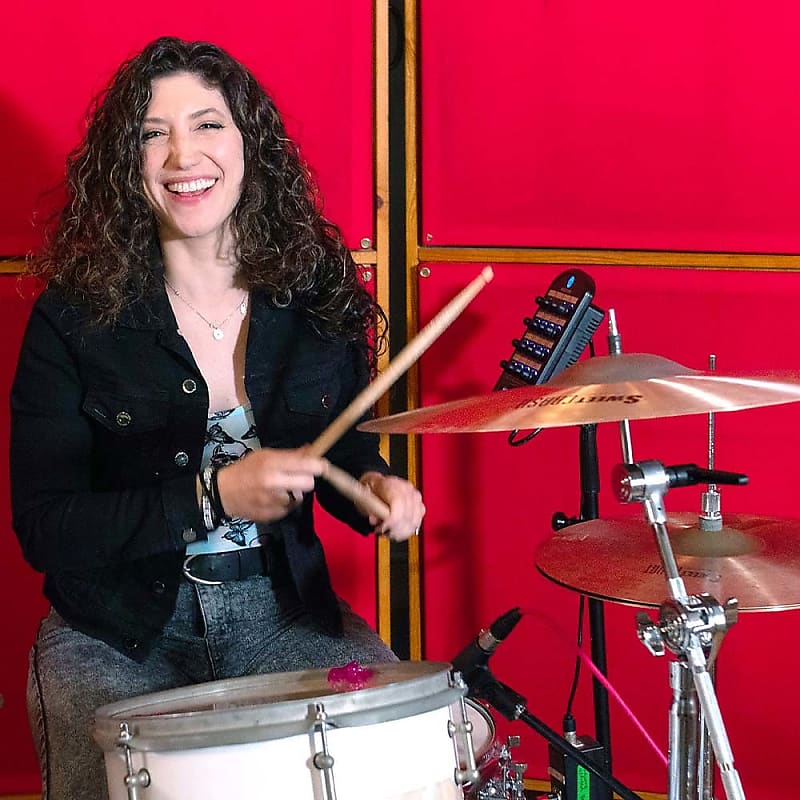"Black Hole Sun" is one of the biggest and best songs of the 1990s, thanks in no small part to its excellent production and iconic drums. Today, Noam and Jessica are back in the studio to recreate those drums, originally performed by Matt Cameron.
Jessica performed today on a vintage '70s Gretsch drum kit with two Ludwig Supraphonic snare drums (more on how the second snare was used later), 14-inch Zildjian K-Sweet hi-hats, an 18-inch K Dark Crash, and a 21-inch K-Sweet Ride.
The mic'ing setup for this track is super simple in most every way, with lots of the usual suspects making an appearance where you'd expect them. To start, there's a common pairing of a Sennheiser 421 on the kick-in and an iFet7 on the kick-out.
The overheads are the high-end Mic Shop MS47s, which were EQ'd in a way that captured the entire kit and not just the cymbals, which helps give the track its really natural sound. The room was mic'd primarily with Coles 4038 ribbon mics, with the addition of a really weird mono microphone with unknown origins. Elsewhere, Sennheiser 421s were used on the toms.

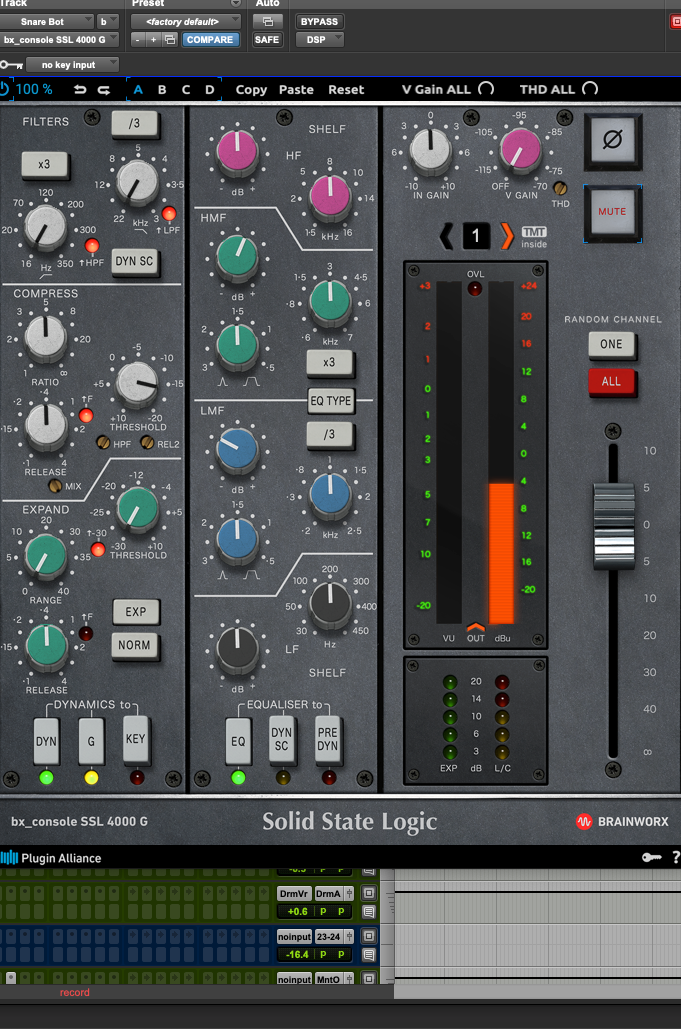

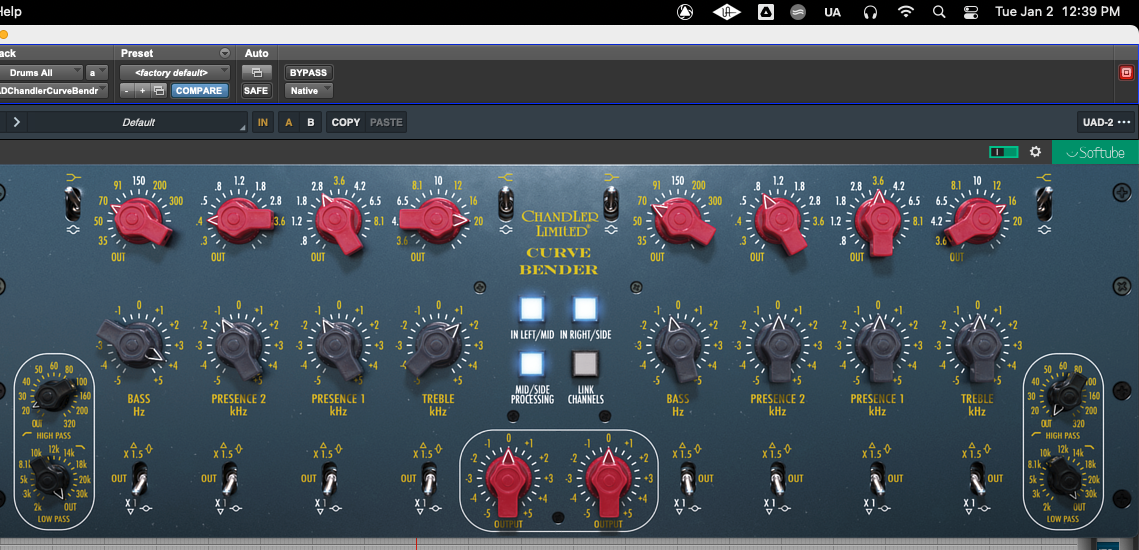
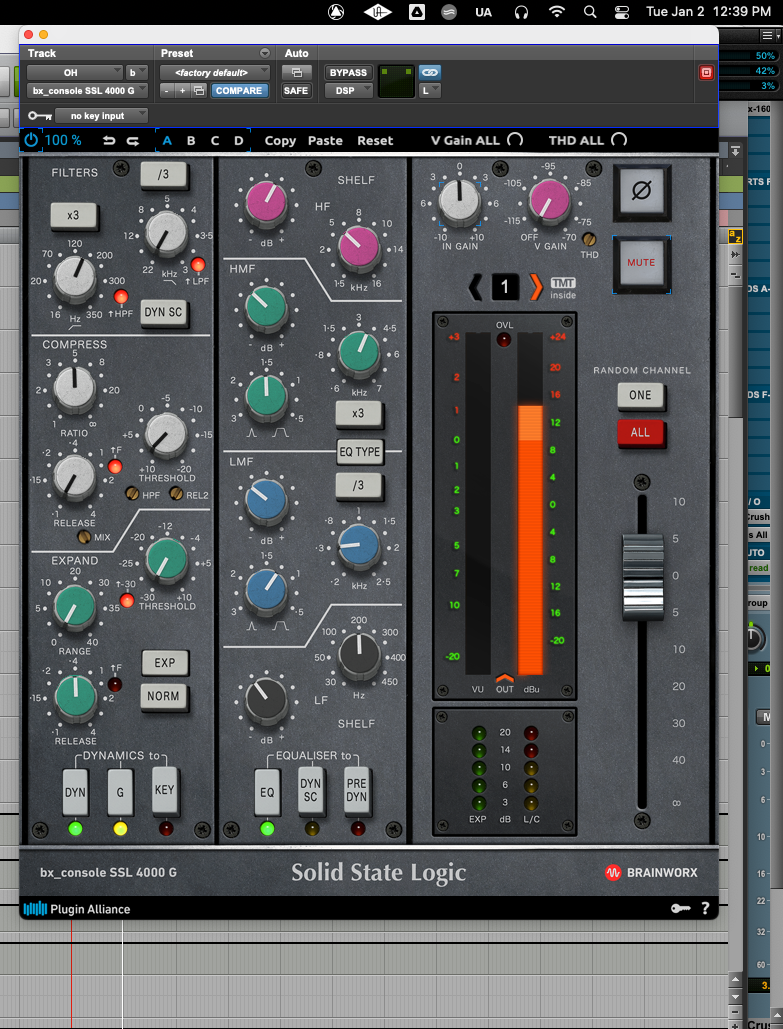
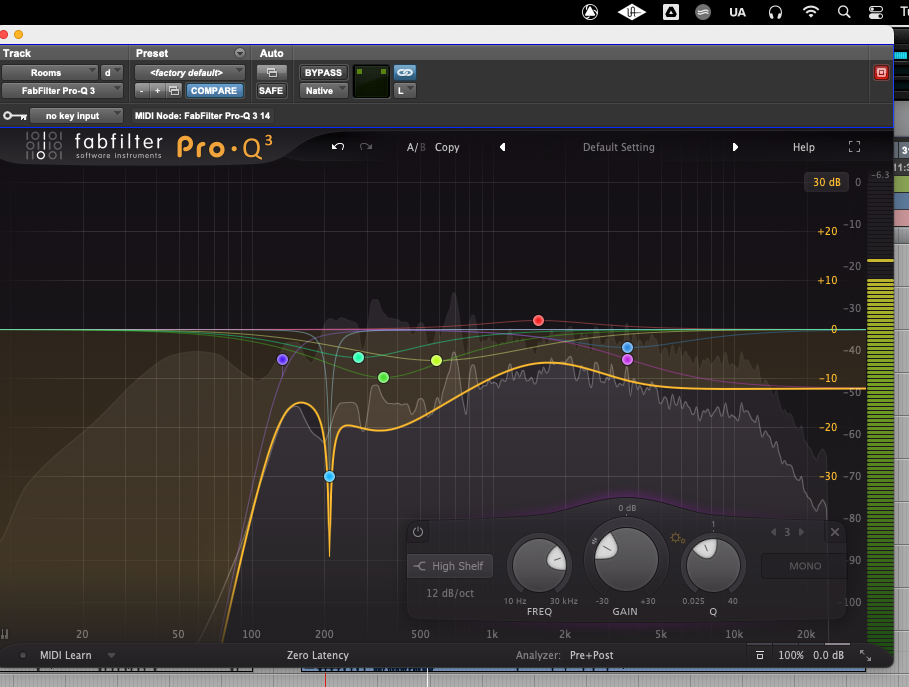
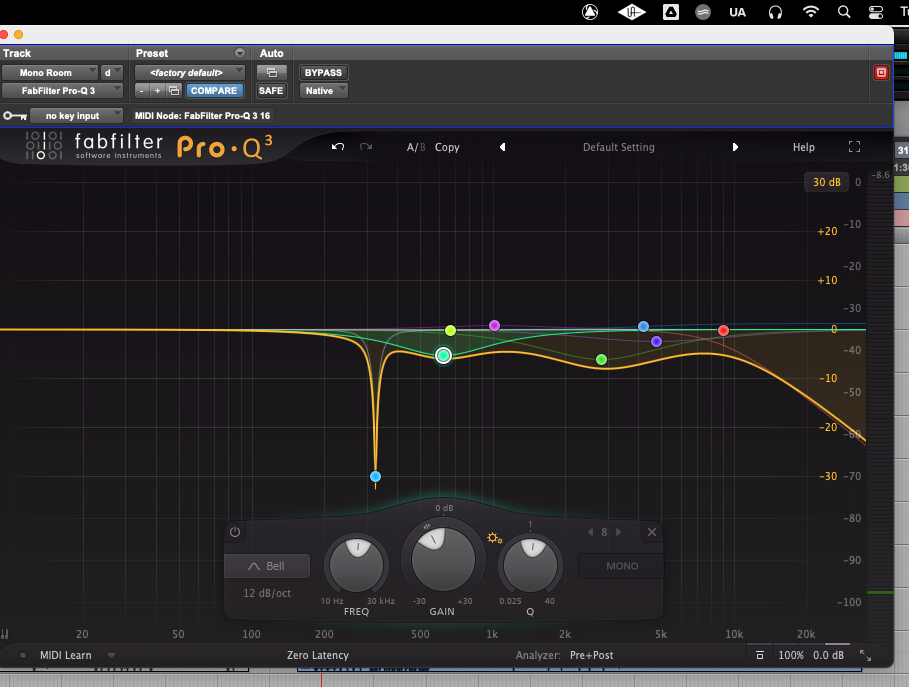
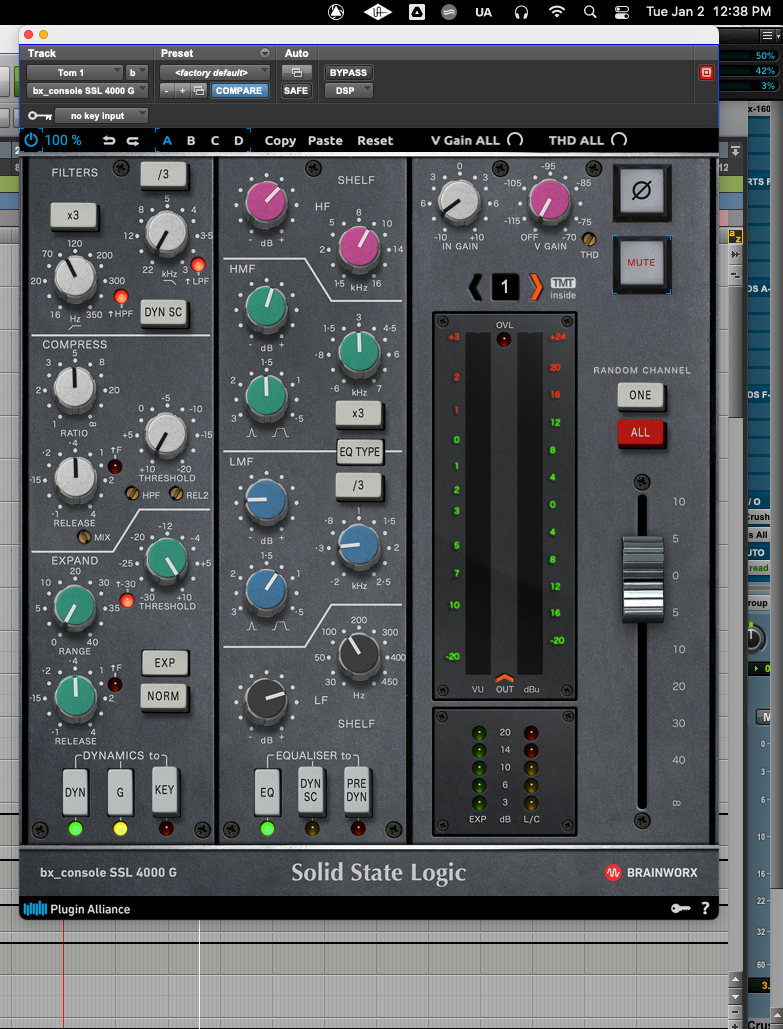
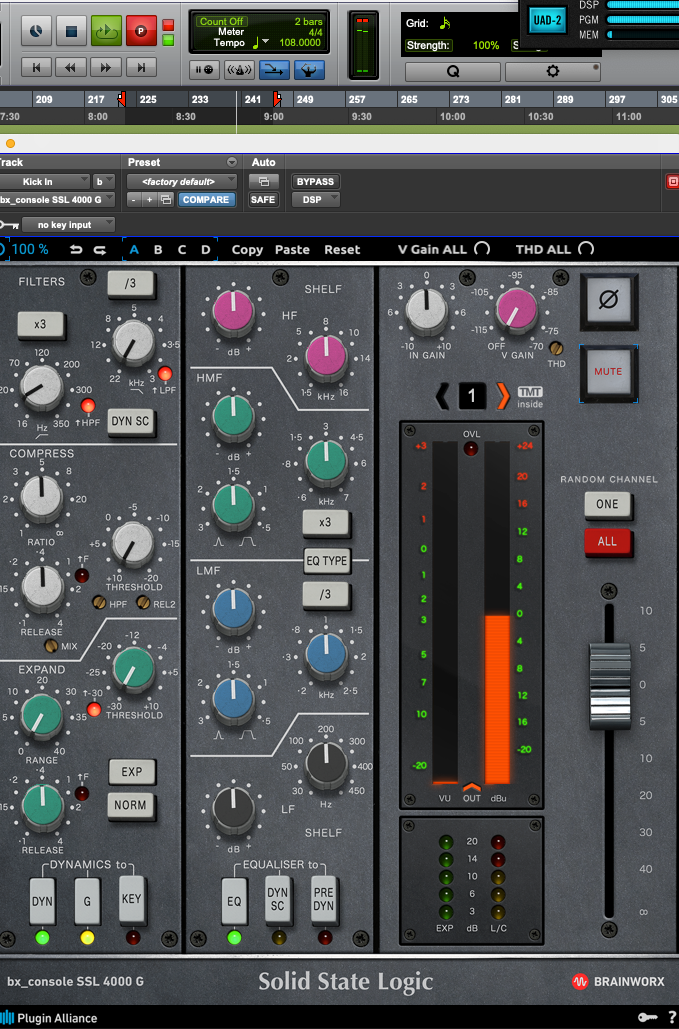

The snare was mic'd in a really classic way, with Shure SM57s on the top and bottom, angled in the same way and at exactly the same distance from their respective sides. But there is a particular studio trick that brings the entire drum sound together, and that's the reamped snare drum.
Noam added a noise gate to the signal of the original snare and ran that signal out through a midrange-heavy, passive mixing speaker which was placed face-down on top of a different snare that was situated in an isolation booth. The result, as Noam says, is that "you get the tone of the snare, right, you get the length of the snare, without having to hit the snare and we can run it in real-time with the other snare."
Since this was done in an isolation booth separate from everything else, it could be more heavily compressed than a snare being played in the room, which is limited due to the potential of affecting the other parts of the kit. Be sure to check out the full video above to hear exactly how this was done and what kind of processing when into it for the final result.

